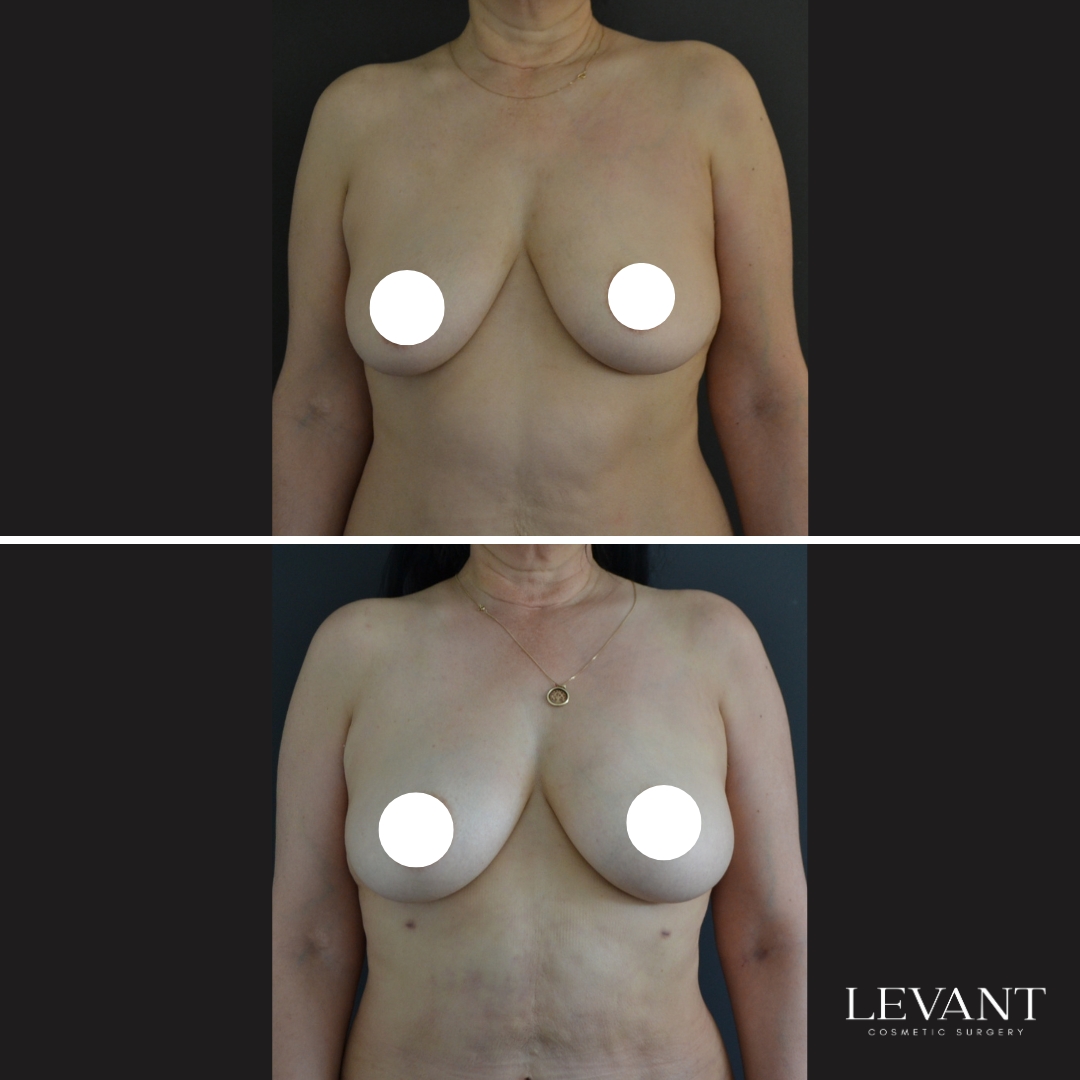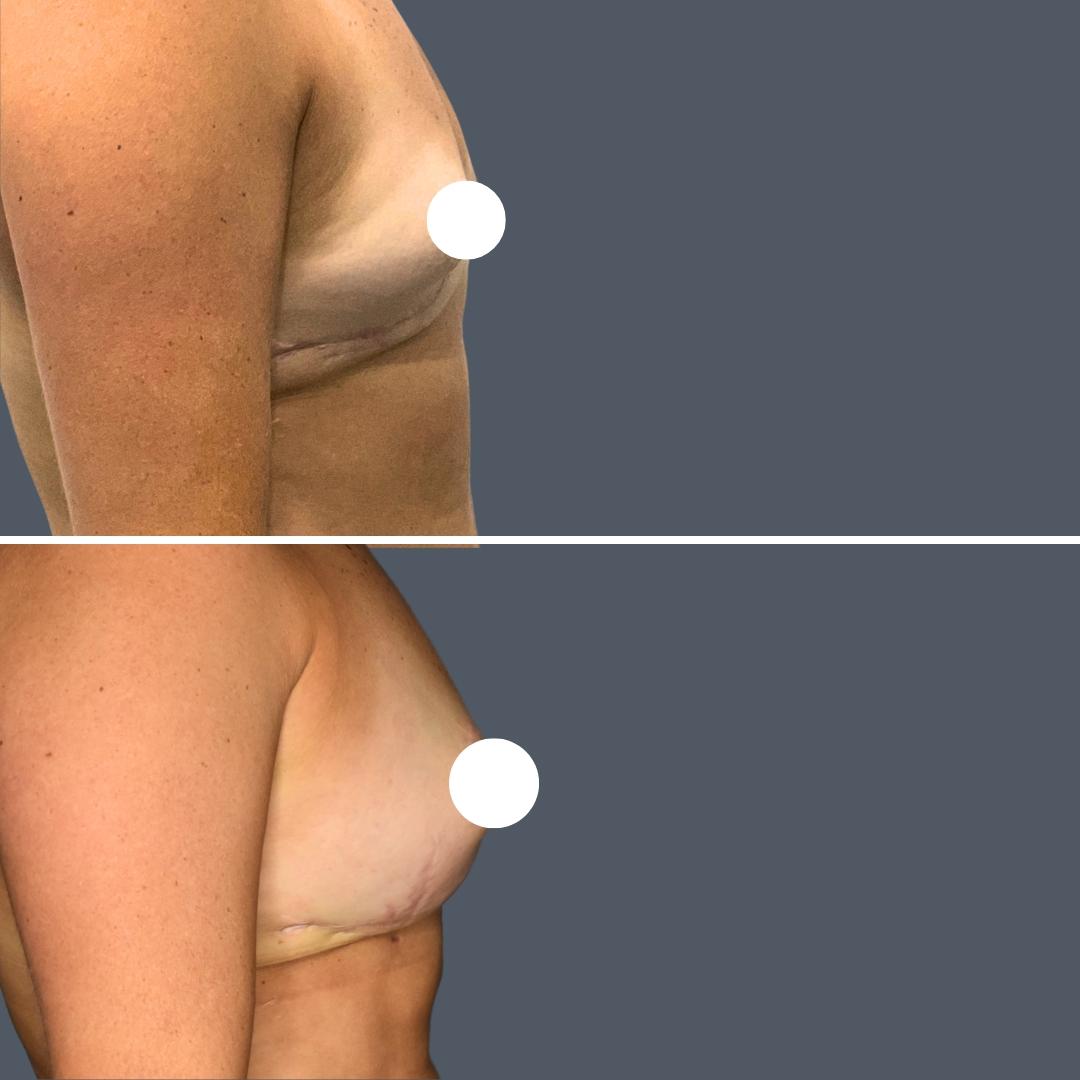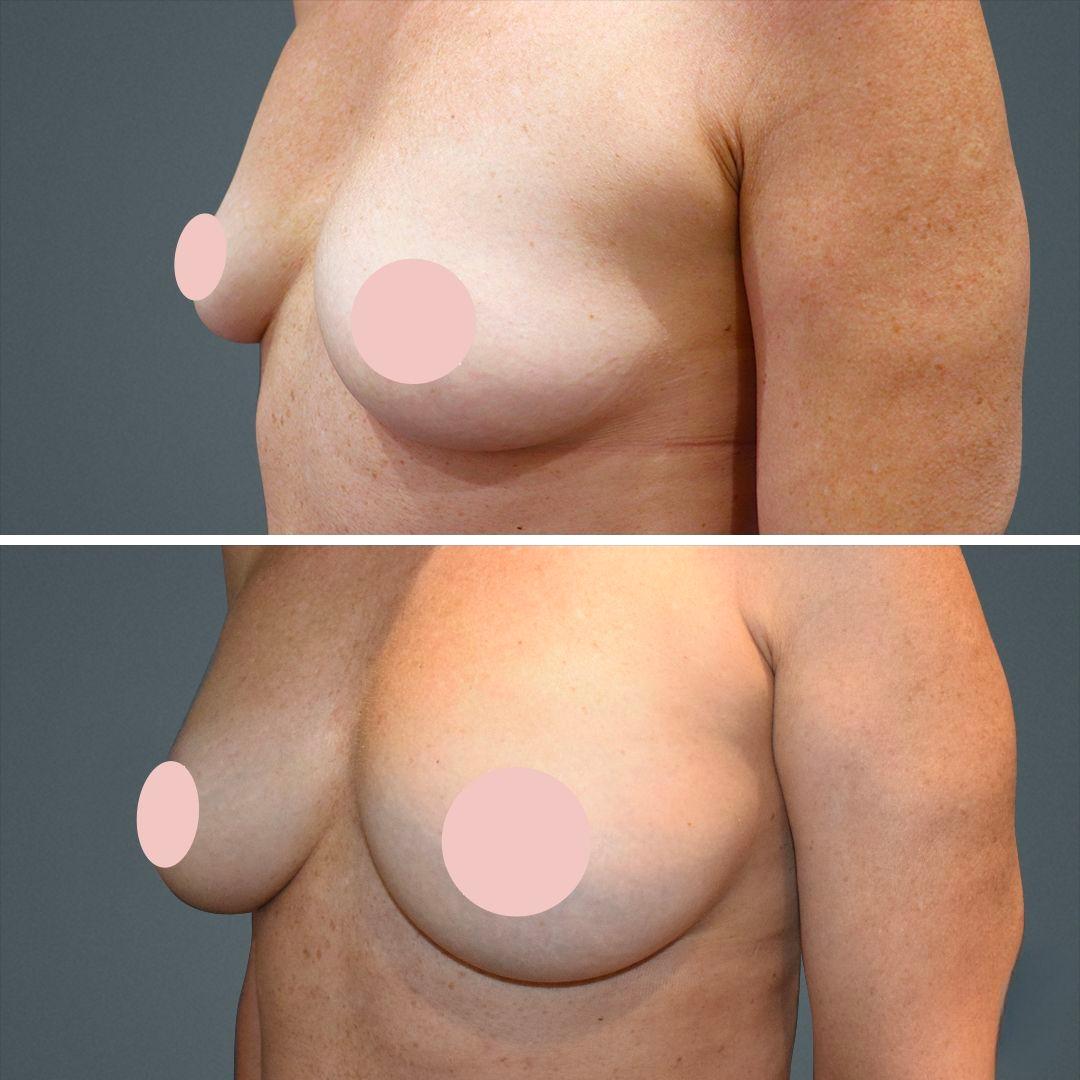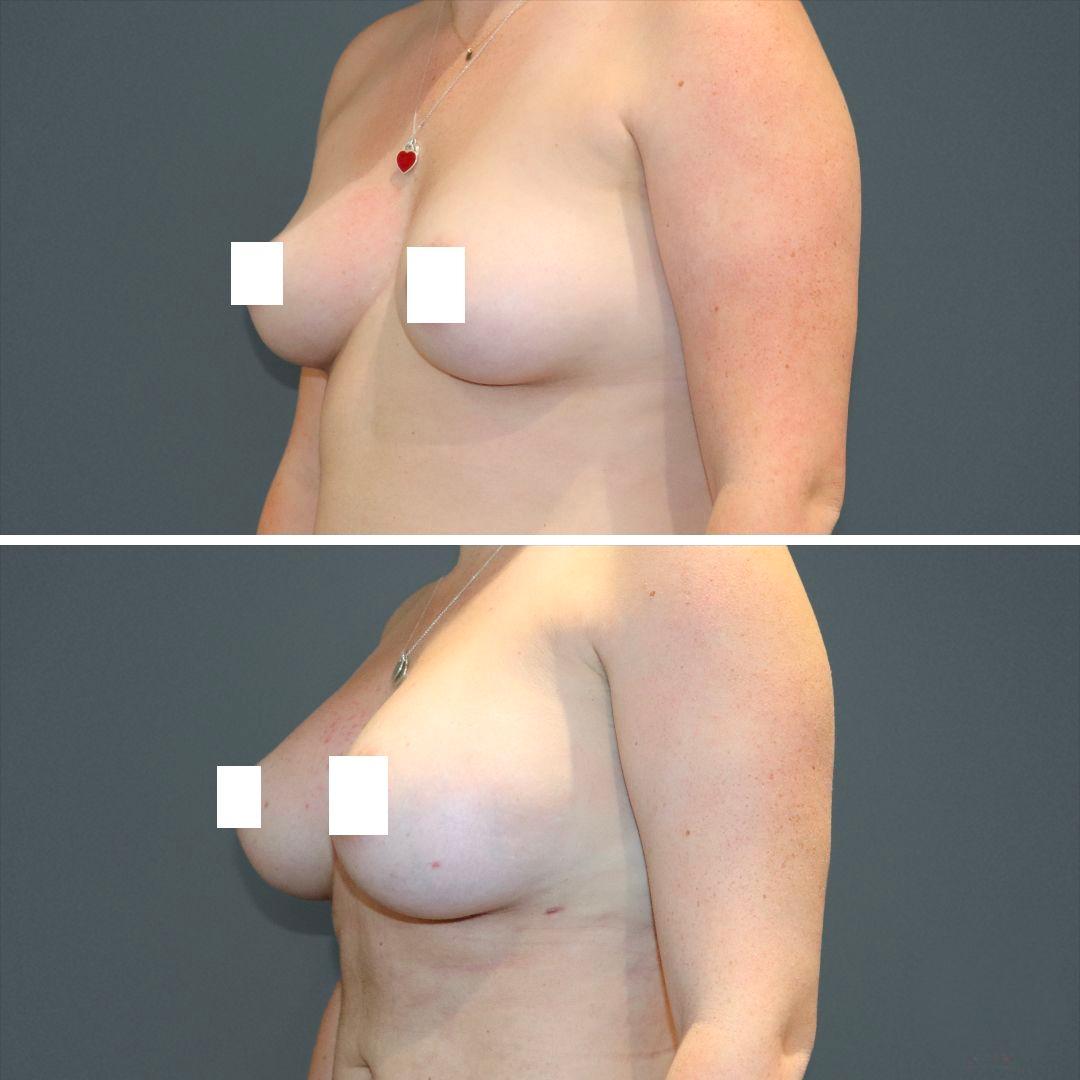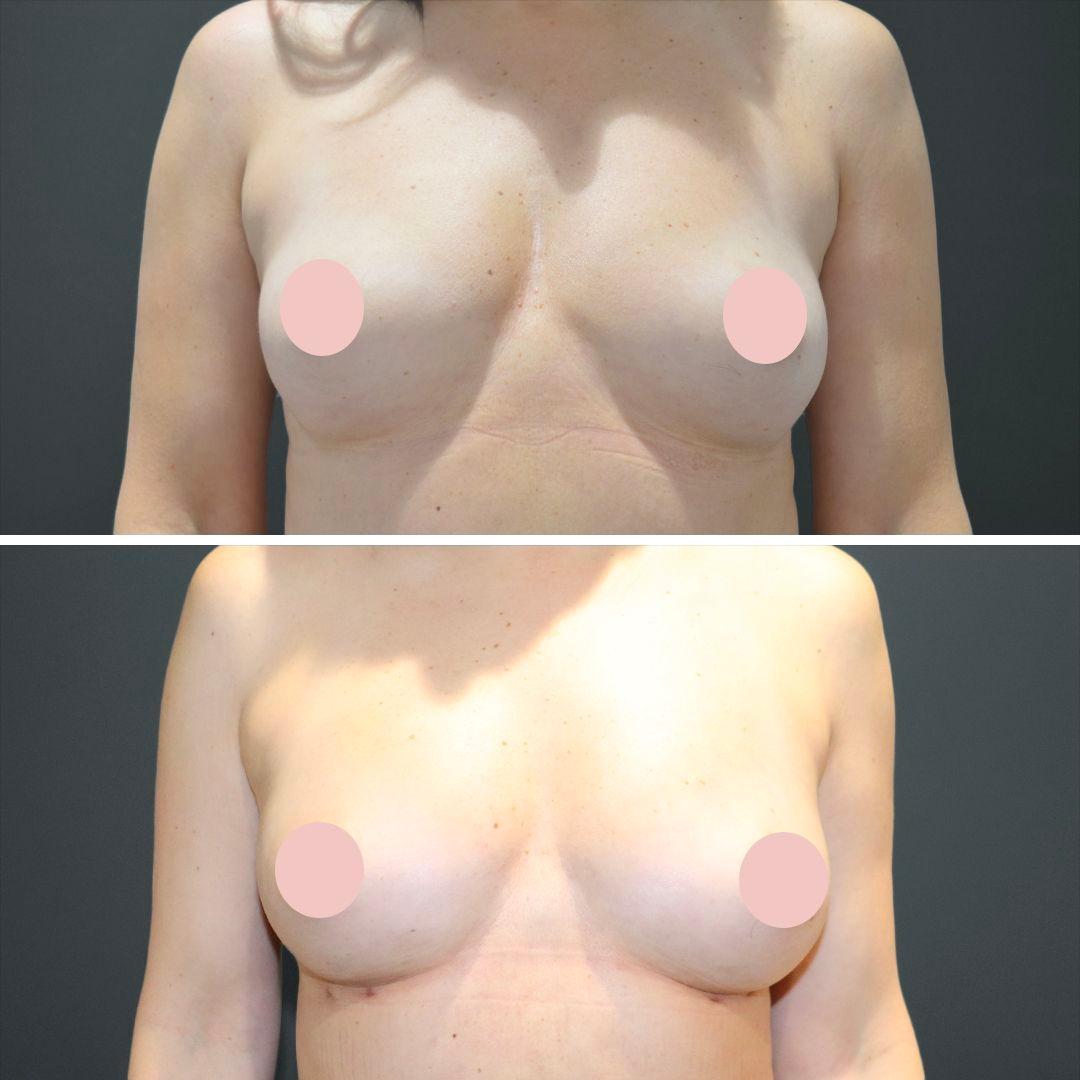Potential Candidates
Whether this procedure is suitable for you can only be determined in consultation with a registered medical practitioner. In general, practitioners may consider:
- People seeking to address specific areas of fat rather than overall weight loss.
- Individuals who are in good general health and at a stable weight.
- Those with skin that has sufficient elasticity.
- People who do not smoke, or who are willing to stop before and after the procedure as advised.
- Individuals who are not pregnant or breastfeeding.
- People who understand that surgical procedures have risks and limitations, and that outcomes vary.

